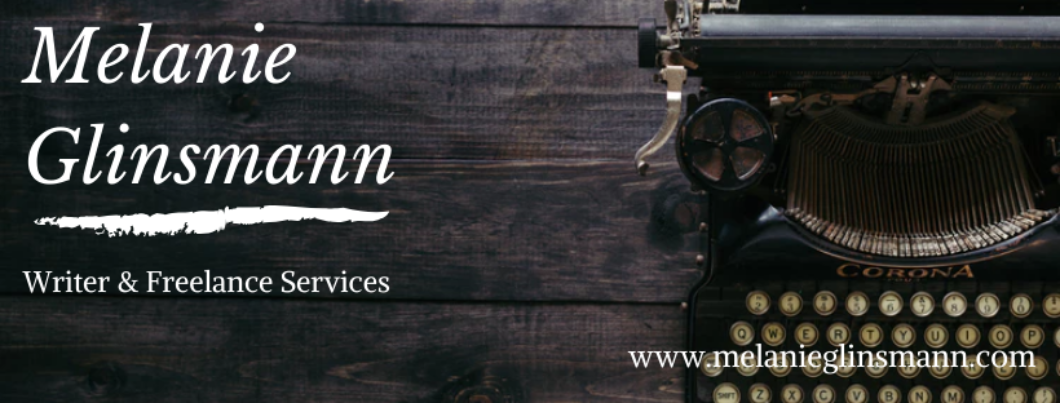

April 19, 1995
9:02am central time
Because of the COVID-19 outbreak, schools around the world closed. High school students are missing out on both academic skills and social activities. For seniors especially, missing spring sports and concerts, and not planning graduation ceremonies weighs heavily on their minds.
Twenty-Five Years Later
It’s been 25 years since my own senior year. Doesn’t seem possible. I lived in Yukon, Oklahoma back then, a suburb of Oklahoma City. And although I left after graduation, there are certain things about my time there that shaped who I am today, for better or worse.
In all fairness, I wasn’t into all the typical high school stuff. I didn’t go to prom, or any dances for that matter. Although I love sports, I only went to football games because I was in the band and had to be there. I didn’t go to big parties. I had my small group of friends, and that was enough for me.
But like the Class of 2020, my senior year had its own defining moments. A few weeks before Christmas, a classmate committed suicide. While I didn’t know him well, the fact that someone my age committed suicide hit hard. And then, six weeks before graduation, our world changed forever.
We lived in neighborhood that was essentially in the country, halfway between Yukon and Oklahoma City limits. The morning of April 19, 1995, I left for school in Yukon at the same time my next door neighbor, Kathy Finley, left for work at the federal building in downtown Oklahoma City. That would be the last time I saw her.
The Moment
A few minutes before 9:00 am, I settled into my seat in my second hour class. Classmates chatted and pulled out homework and books. Not long after the bell rang signaling the start of class, we heard another sound.
It was 9:02 am.
Because our school wasn’t far from train tracks, we first thought there had been a train accident of some sort. We didn’t think much more of it. But by the time I went to my next class, it was clear things weren’t as simple as a train collision.
As I walked into the trailer where our class met, the television showed downtown Oklahoma City. Smoke billowed out of the Murrah Federal Building, and half the building was gone. Firetrucks and police cars encircled the perimeter. Local news stations began live reports, piecing together the sketchy early details.
The rest of the day, school work took a backseat to watching the news.We soon learned the explosion hadn’t been a gas leak or construction accident as some in the media first speculated; it had been a bomb.
When I got home from school that day, my mom told me no one had heard from Kathy, my neighbor. I went on to my part-time job at a daycare center. Some of the older kids had heard there was a daycare center at the federal building. They asked if “a bad guy” would come to our center.

The Aftermath
In the days following, law enforcement revealed a large truck bomb had been parked in front of the building. There were 168 victims from the Murrah Building and adjacent buildings that had also sustained heavy damage. People lined up around the block at blood donation centers. Churches and community groups organized drives for medical supplies, food and water, and even protective footwear for dogs who assisted in searching the rubble. School children across the state sent drawings and cards to first responders.
Kathy had worked in the Federal Employee Credit Union for years. Her new car that had been in the parking garage that morning remained in pristine condition. When attending her funeral, the mourners included dozens of federal officials. Kathy’s husband, Riley, was a pilot with the US Marshals Service.

tell the story.
Several weeks after the bombing, my family went down to the site, partly to see for ourselves the reality of bombing, but also to pay our respects to the victims. There were still crime scene investigators collecting evidence and city engineers surveying the area to determine how best to bring down what remained of the building. It was a surreal feeling to stare directly into the building and see a Pepsi machine still standing in a hallway while a dump truck picked up piles of concrete and metal from the blast crater below.

Oklahoma Standard
In the months following the bombing, plans started being put in place to rebuild the area and create a memorial site. Today, downtown Oklahoma City boasts a large entertainment district, sports complexes, and a river walk area. But the biggest thing that came out of that time was spirit of community.
Known as the “Oklahoma Standard,” city officials and organizers of the future memorial site established a mission to encourage philanthropy, education, civic leadership, and service among Oklahoma’s residents.
Today, 25 years later, the Oklahoma City National Memorial sits on the site where the Murrah Building once stood. The memorial consists of a museum and education center that teaches visitors about the bombing, the investigation, and the victims. It also provides resources for teachers and parents to ensure children have an age-appropriate knowledge of the events. The outdoor area features the Survivor Tree, a lone tree that withstood the blast. It remains a symbol of strength and resilience. There’s a reflecting pool symbolizing the moment before and after the bombing. But the most poignant feature is the field of glass chairs, each with a victim’s name etched on it.
We come here to remember those who were killed, those who survived, and those changed forever. May all who leave here know the impact of violence. May this memorial offer comfort, strength, peace, hope, and security.
– Oklahoma City National Memorial Museum (Mission Statement)
While the Oklahoma Standard came about because of an act of violence, the ideals are more important than ever.
As we experience a worldwide pandemic, we hear heartbreaking stories of loss, fear, and isolation. But there are also stories of kindness, generosity, and service. Those are the goals of the Oklahoma Standard. Those are the goals I hope we take out of this time. Kindness, service, resilience, and hope shouldn’t be demonstrated only during challenging times; they should be everyone’s standard all the time.
To the Class of 2020
Whether you’re a senior in high school or college, there’s no doubt you’re missing out on rites of passage that go along with completing your respective level of education. But that doesn’t mean you’re missing out on the lessons learned from those rites.
You might not be with your friends in person, but you realize the importance of helping your friends however you can. You’re learning the importance of family as you help take care of younger siblings or deliver groceries to grandparents. You’re developing new skills and interests on your own that will ultimately become part of your future career.
And twenty-five years from now when you tell your own children about the coronavirus pandemic of 2020, you’ll share how this time defined not only your senior year, but also how it defined your future. You’ll teach your children the importance of helping others. You’ll build a business that takes pride in encouraging employees to volunteer in the community. You’ll find ways to encourage those struggling through a personal crisis.
But you don’t have to wait 25 years. You can start now to make the Oklahoma Standard become a global standard.

Reignite your creativity!

Subscribe to get new content, monthly newsletter, and important updates. You'll also receive a free download - "30 Days of Creative Inspiration."

